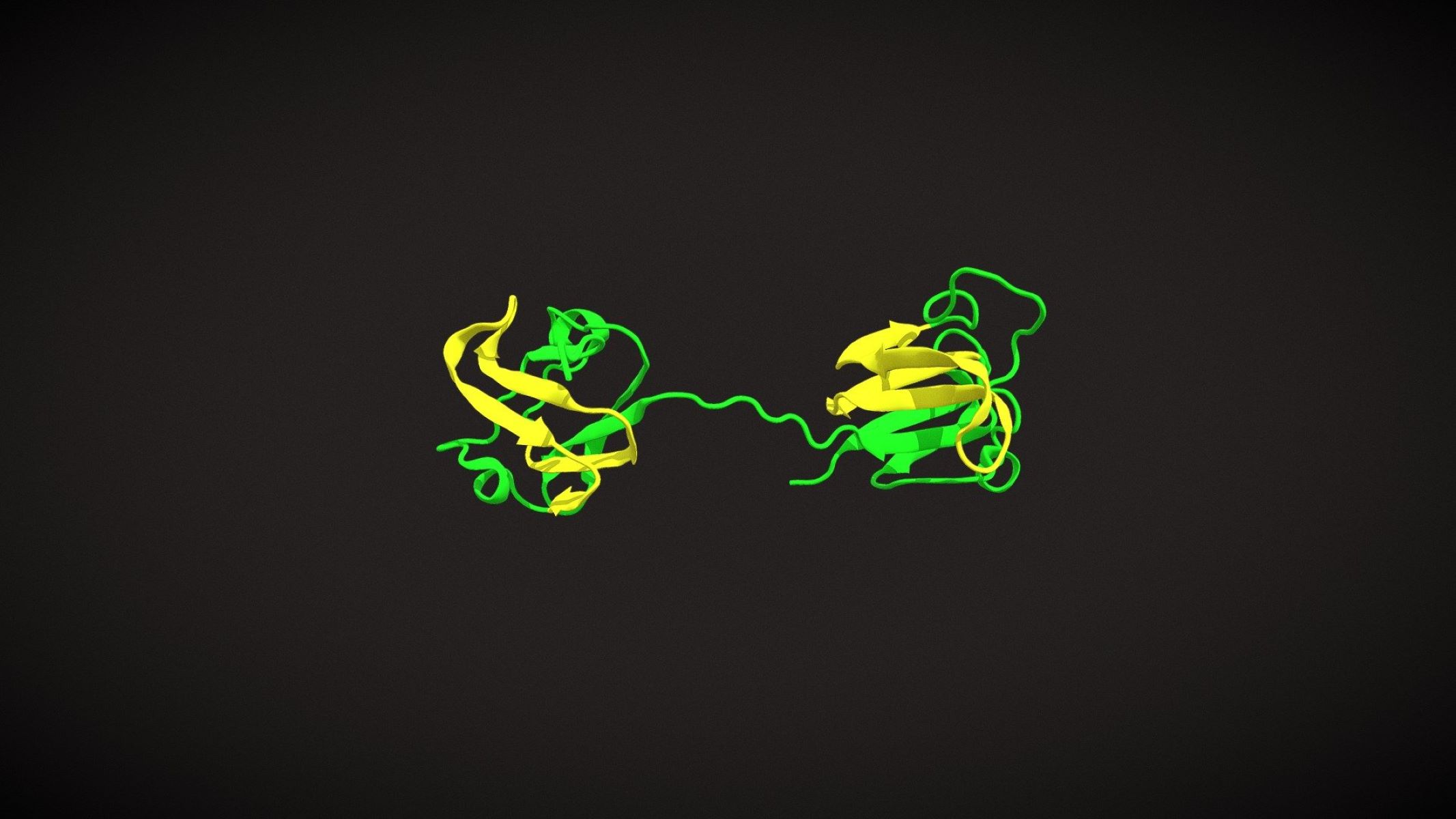
Crystallins are specialized proteins critical for maintaining the transparency and refractive properties of the eye’s lens, enabling clear vision. Categorized into alpha, beta, and gamma types, they play diverse roles, from structural support to protecting against stress. These proteins are uniquely adapted to resist degradation and aggregation, ensuring lens clarity over a lifetime. Their significance extends beyond the lens, with implications in aging, genetics, and disease prevention. This article explores 50 detailed facts about crystallins, shedding light on their structure, function, and potential for advancing ocular health research.
Key Takeaways:
- Crystallins are vital for lens transparency and refractive properties, preventing cataract formation and ensuring clear vision.
- Alpha crystallins function as molecular chaperones, refolding denatured proteins and protecting lens cells from stress.
Structure and Classification
1. Three Main Types
Crystallins are classified into alpha, beta, and gamma types, each with unique roles.
2. Subtypes of Alpha Crystallins
Alpha crystallins include αA and αB subunits, functioning as chaperones.
3. Molecular Organization
Highly ordered molecular structures contribute to stability.
4. Solubility and Transparency
Crystallins maintain high solubility, enabling lens clarity.
5. Post-Translational Modifications
Modifications such as phosphorylation influence their behavior.
Biological Function
6. Refractive Role
Crystallins regulate the lens’s refractive index.
7. Stress Protection
Alpha crystallins protect proteins under stress.
8. Antioxidant Activities
Some crystallins defend against oxidative damage.
9. Lens Architecture
They stabilize the lens’s structural integrity.
10. Protein Interactions
Crystallins interact with other lens proteins to prevent aggregation.
Development and Genetics
11. Gene Conservation
Crystallin genes are conserved across species.
12. Evolutionary Adaptation
Derived from metabolic enzymes, they serve structural roles.
13. Alternative Splicing
Some crystallin genes produce multiple functional isoforms.
14. Role in Lens Formation
Crystallins are crucial during embryonic lens development.
15. Regulation by Stress
Environmental stress can upregulate crystallin expression.
Age-Related and Pathological Changes
16. Aging Effects
Crystallins lose solubility with age, leading to lens opacity.
17. Protein Aggregation
Misfolding results in aggregation and cataract formation.
18. Genetic Mutations
Mutations in crystallin genes can cause inherited cataracts.
19. Lens Opacification
Structural changes lead to light scattering and visual impairment.
20. Cataractogenesis
Altered crystallin dynamics play a direct role in cataracts.
Research and Clinical Applications
21. Drug Development
Crystallins are explored as potential drug targets for eye diseases.
22. Cataract Therapies
Insights into crystallin behavior inform therapeutic approaches.
23. Genetic Engineering
Techniques are being developed to modify crystallin genes.
24. Biomarker Research
Crystallin changes serve as indicators for ocular health.
25. Biophysical Studies
Understanding their folding sheds light on protein stability.
Physical and Chemical Properties
26. Thermal Stability
Alpha crystallins withstand higher temperatures than many proteins.
27. Chaperone Mechanism
They help refold misfolded proteins under heat or oxidative stress.
28. Cytoplasmic Localization
Found predominantly in the cytoplasm of lens fiber cells.
29. High Protein Concentration
The lens’s unique environment allows high protein densities without aggregation.
30. Resistance to Degradation
Crystallins are long-lived proteins due to their structural integrity.
Comparative and Evolutionary Insights
31. Species Variations
Expression levels differ across species based on environmental needs.
32. Evolutionary Adaptations
Crystallins highlight evolutionary trade-offs in vision across species.
33. Functional Duality
Some crystallins retain enzymatic roles while serving structural functions.
34. Adaptation to Stress
Lens crystallins in some animals show heightened stress resistance.
35. Comparative Proteomics
Studying crystallins in various organisms reveals functional adaptations.
Role Beyond the Lens
36. Extra-Ocular Expression
Crystallins are found in heart and brain tissues under stress conditions.
37. Systemic Implications
Changes in crystallin levels may indicate systemic diseases.
38. Antioxidant Functions
Their protective roles extend to non-ocular tissues.
39. Interaction with Cellular Pathways
Crystallins influence cell signaling under stress.
40. Potential in Neuroprotection
Research explores their role in neurodegenerative conditions.
Technological and Educational Impact
41. Biotechnological Applications
Crystallin properties inspire biomimetic materials.
42. Biomedical Engineering
They contribute to developments in vision restoration technologies.
43. Educational Use
Crystallins serve as models for protein function studies.
44. Research Collaboration
Their study involves biochemistry, genetics, and ophthalmology.
45. Funding and Opportunities
Crystallin research attracts funding due to its medical relevance.
Future Directions
46. Aging Research
Focus on crystallins in aging studies informs broader biological insights.
47. Improved Therapeutics
Stabilizing crystallins offers hope for treating lens disorders.
48. Disease Prevention
Research on misfolding prevention aims to combat protein aggregation diseases.
49. Insights into Protein Dynamics
Understanding crystallins advances knowledge in structural biology.
50. Broader Applications
Their properties inspire innovative solutions beyond ophthalmology.
Crystallins: A Window Into Vision and Beyond
Crystallins are more than lens proteins—they are vital guardians of clarity and vision. Their intricate structure and multifaceted roles extend from maintaining the lens’s transparency to protecting against stress and aggregation. Insights into their biology have opened pathways for innovative treatments for cataracts and other protein misfolding disorders. Beyond ocular health, crystallins inspire advances in biotechnology and aging research. As science continues to unravel their mysteries, crystallins remain central to understanding protein dynamics, offering promise for breakthroughs in both vision restoration and broader medical applications.
Frequently Asked Questions
Was this page helpful?
Our commitment to delivering trustworthy and engaging content is at the heart of what we do. Each fact on our site is contributed by real users like you, bringing a wealth of diverse insights and information. To ensure the highest standards of accuracy and reliability, our dedicated editors meticulously review each submission. This process guarantees that the facts we share are not only fascinating but also credible. Trust in our commitment to quality and authenticity as you explore and learn with us.
